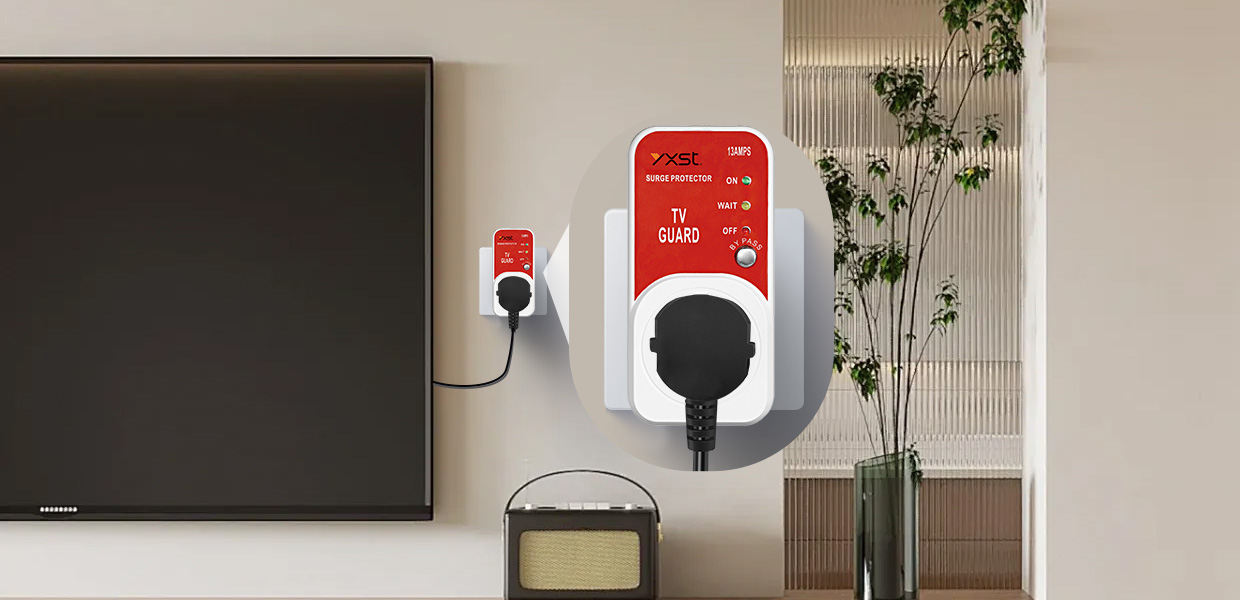What is a dual voltage surge protector?
Date:2025-04-22 Click:1005
Dual voltage surge protector is a device designed to protect electrical equipment from damage due to voltage fluctuations. It responds quickly when it detects abnormally high or low voltage, cutting off power to prevent damage to the equipment.
Working Principle
When the voltage in the circuit exceeds the safe range (too high or too low), the built-in sensor of the protector will immediately trigger the protection mechanism to ensure the safety of the device by limiting the current or disconnecting the circuit.
- Overvoltage protection: When the voltage is too high, the protector separates the circuit to prevent excessive current.
- Undervoltage protection: When the voltage is too low, the power supply is cut off to prevent the device from not working properly.
- Overcurrent and short circuit protection: When the current is too large or a short circuit occurs, the power supply is automatically cut off to prevent accidents such as fire.
Application scenarios
Widely used in the home field, providing comprehensive protection for various electrical appliances:
- Home use: Protect home appliances such as TVs, refrigerators, and air conditioners from voltage instability.
Use cases
Home users
Mr. Li's home often encounters voltage instability problems, resulting in damage to many home appliances. After installing a dual voltage surge protector, even if there is a sudden change in voltage, the home appliances can be protected in time, avoiding economic losses.
Dual Voltage Surge Protector VS Single Phase Voltage Surge Protector
Dual-voltage surge protector: Designed to protect circuits with two different voltage levels, it monitors abnormal voltages through built-in sensors and responds quickly to cut off power or limit current.

Single-phase voltage surge protector: Mainly protects circuits with a single voltage level (such as 220V), absorbing overvoltage energy through non-linear elements and discharging it to the ground wire.
Dual-voltage surge protectors have advantages in flexibility and protection range due to their ability to adapt to a variety of voltage environments; while single-phase voltage surge protectors provide efficient protection in specific voltage environments due to their targeted design. When choosing, you need to consider the actual needs and usage scenarios comprehensively.
The functionality and applicable scenarios of dual-voltage surge protectors determine their higher price positioning, while single-phase products have more advantages in cost-effectiveness due to their simplicity and practicality.

